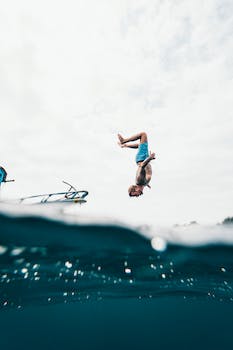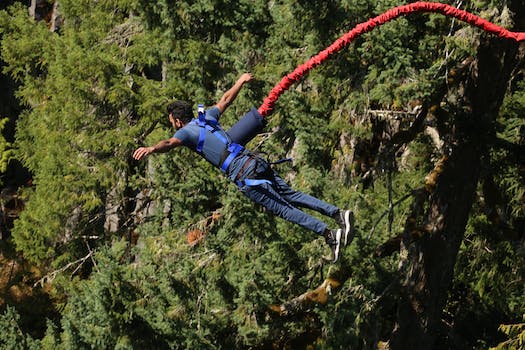Kayaking is an exciting outdoor activity that allows you to explore stunning waterways and connect with nature. However, just like any other water sport or adventure, kayaking comes with its own set of risks. To ensure an enjoyable and safe experience, it is crucial to follow some key safety tips while out on the water.
1. Wear a Personal Flotation Device (PFD): Always wear a properly fitted PFD or life jacket. Even if you are a strong swimmer, unexpected situations can arise, such as capsizing or getting caught in a strong current. Your PFD will keep you afloat and significantly increase your chances of survival in case of an emergency.
2. Check the Weather Forecast: Before heading out, be sure to check the weather forecast for the area where you plan to kayak. Avoid kayaking in stormy or windy conditions, as they can make it difficult to maintain control of your kayak. Additionally, be aware of any potential thunderstorms or sudden weather changes that could pose a risk to your safety. It is always better to reschedule your trip than to put yourself in danger.
3. Inform Someone About Your Trip: Always let someone trustworthy know about your kayaking plans. Provide them with details such as where you will be kayaking, how long you expect to be out, and whom to contact in case they do not hear from you within a specific time frame. This ensures that in case something goes wrong, help can be alerted promptly.
4. Learn Basic Kayaking Skills: It is essential to have a basic understanding of kayaking techniques and skills, especially if you are a beginner. Enroll in a kayaking course or seek guidance from experienced kayakers to learn proper paddling techniques, how to maneuver your kayak, and how to rescue yourself or others in case of an emergency.
5. Be Prepared with Safety Equipment: Carry essential safety equipment with you at all times. This includes a whistle or signaling device to get attention, a towline or rescue throw bag, a first aid kit, and a repair kit for any unforeseen damages. These simple tools can prove invaluable in emergency situations or when dealing with minor injuries or gear repairs.
6. Stay Hydrated and Protect from Sun Exposure: Kayaking generally requires physical exertion, so it’s important to stay hydrated. Carry plenty of water with you and drink regularly to avoid dehydration. Additionally, protect yourself from the sun by wearing a hat, sunglasses, and sunscreen. Prolonged exposure to the sun can lead to sunburns and heat-related illnesses, which can jeopardize your safety.
7. Know the Waterway and Its Hazards: Familiarize yourself with the waterway you plan to kayak in, including potential hazards such as rocks, submerged trees, or strong currents. This knowledge will help you plan your route and avoid dangerous areas. Additionally, understand the rules and regulations of the area, including speed limits and any restricted zones.
8. Stay Close to Shore: As a beginner, it is advisable to stay close to the shoreline, especially during your initial kayaking trips. This allows you to easily reach the shore in case of exhaustion, equipment failure, or any unforeseen circumstances. Gradually venture out farther as you gain more experience and confidence.
9. Paddle with a Companion: Whenever possible, paddle with a partner or a group. Having someone by your side provides a safety net in case of an emergency. They can assist you in rescues, offer support in challenging situations, and provide another perspective on potential hazards.
10. Trust Your Instincts and Stay Alert: Listen to your instincts and assess the conditions before entering the water. If something feels unsafe or beyond your skill level, do not hesitate to turn back or seek an alternative route. Always remain alert while kayaking, keeping an eye out for changes in weather, wildlife, or other watercraft.
By following these safety tips, you can enjoy kayaking while minimizing risks and ensuring a safe and memorable experience on the water. Remember, safety should always be your top priority.
![]()







